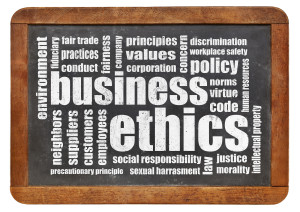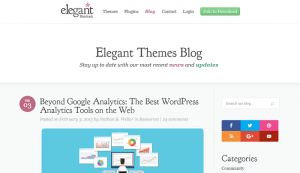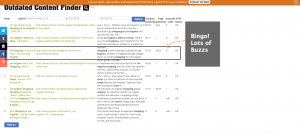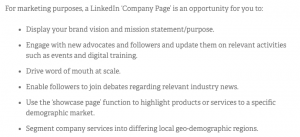
Attracting, and keeping, employees from Generation Y is one the biggest challenges facing businesses today. Millennials are harder to please than their parents’ generation, and more ambitious, which makes them prone to job hopping – 91% of Millennials expect to stay in their current job for under three years.
With this generation set to make up 75% of the global workforce by 2025, it’s crucial that companies start to change to get millennials on their side. One of the best ways to do this is by improving internal training and learning methods.
According to a survey by Euromoney Learning Solutions of 500 young British workers, 37% of millennials say that they expect more in the way of training and career progression from their employers. But what exactly do they want and what can employers do to satisfy their needs?
Social learning may provide the answer.
What is social learning?
The most well-known theory of modern social learning was developed by Albert Bandura in the 1970s. He theorized that observing other people’s behavior improved learning and, most importantly, that learning was reinforced where both the learner and teacher enjoyed desirable outcomes.
Social learning is a move away from absorbing information in a linear fashion – e.g. from teacher to student, or textbook to reader – to an environment where learning and teaching flows in a multidirectional way within a group of learners.
Over the years, Bandura’s work has gained more influence in mainstream learning practice, with schools, universities and training specialists across the world employing social learning techniques such as group presentations and participatory workshops. Today, the crucial next step for social learning is to move forward into the digital realm.
Social learning and social media
The benefits of social learning are really shown where people connect, share and develop relationships with each other. It’s not only about the joy of learning, but also the joy of sharing information and seeing others improve as a direct result of your own work.
This is why social learning and social media go hand in hand. The popularity of sites like Facebook and Twitter rests on users’ enjoyment of not only consuming new information but sharing with others and engaging in discussions.
Combining the two can be tricky. After all, for all the positive learning opportunities provided by social media, it’s also a great distraction, equally used for wandering aimlessly and discovering people/things of no learning benefit whatsoever (cat memes anyone?).
One very creative example of the two working together comes from Bryon Grisby, who helped his pupils at Shenandoah University understand the characters of Chaucer by getting them to compose and post tweets as Chaucerian characters during class. He said:
“The idea was that students could use twitter to add additional dialogue or story to the works we were reading. There were only two rules: 1) you cannot violate the plot and 2) you cannot go ahead of where we were in the story.
“I wanted to make them think about other possibilities of interpretation and to be creative in presentation. I received much better papers because students were thinking more critically.”
Take a look at @chaucerland and you’ll see how the class used Twitter conventions such as hashtags to explore medieval English in a modern way.
The element of gamification
Millennials are the first generation to have grown up playing computer games, which gives us a good understanding of what they’re looking for in a job. They expect a lot more feedback than the previous generations, as well as a clear path of progression where the rules are transparent and promotion to the next level is strictly by merit.
Gamifying training and training goals not only makes the training itself more engaging, but it also pits employees against each other, tapping into the inherent millennial urge to “beat the game”. What’s more, having all this performance information on your employees is a great asset for the company, as it helps you identify areas of the business that may be underperforming or under supported.
A great example of gamified training comes from Pizza Hut and their Pizza Maker course. To help new staff gain a better knowledge of the menu without frustrating customers, Pizza Hut created a gamified restaurant simulation, complete with virtual customers, achievements and rewards.
Introducing the game significantly sped up the time it took to train staff, achieved cost savings from a decrease in returned orders, and also decreased customer complaints.
So why does gamification work so well? Research has shown that goal-oriented approaches to work encourage engagement in tasks that would otherwise be considered unpleasant and undesirable to perform.
This effect becomes even more powerful when coupled with a social learning environment where learners are encouraged to compete against each other. However, you should be careful not to push the competition too far, as this may not work for everyone.
Pete Jenkins, gamification expert and chair of GamFed, a community for gamification professionals, said:
“Learning is not always a good place for competition between individuals as there’s a risk of demotivating those that don’t do so well. Whilst some individuals might thrive on competing to be the best, less confident employees may find it daunting.
“This being said, there are a few areas where it can work, such as in short run quiz competitions. retaMe by Compettia is a great example of this as it encourages competition by consent – users can challenge each other to the game, but participation is not compulsory.”
Importantly, if you do choose to incorporate gamification into your social learning strategy, make sure that participation isn’t compulsory. In order to make the experience truly fun and rewarding, the game must be enjoyable enough that staff play and share their results voluntarily.
Image via IAB UK
Business & Finance Articles on Business 2 Community(75)
Report Post






